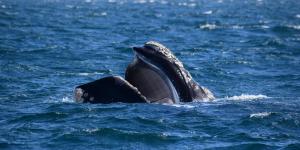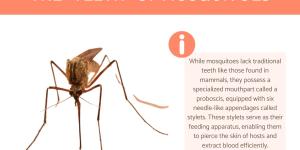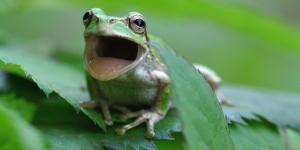Do Canada Geese Have Teeth?

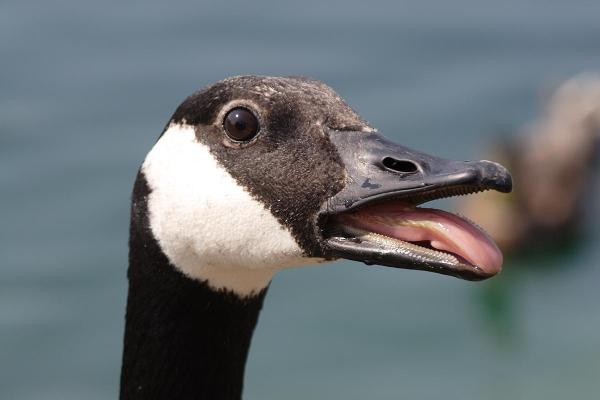
Geese are members of the Anatidae family, a family of aquatic birds that also contains ducks and swans. They are noted for their distinct v-formation flight pattern, something which is very useful for a migratory bird like the goose. There are many species, but the Canada goose (Branta canadensis) is particularly common in North America. They often come into contact with humans, with wild populations increasingly living near urban areas. Their diet is mainly herbivorous, but they are known to eat invertebrates and even fish on occasions. Much of their diet consists of fibrous plant material, something which can be difficult to break down. This leads AnimalWised to ask, do Canada geese have teeth?
Do Canada geese have teeth?
No, Canada geese do not have teeth. Teeth are individual calcified structures which are found in the mouths of vertebrates. They are connected to the mouth with nerves and veins. The main purpose of these teeth is to eat, with different types of animals having different types of teeth according to their diet. For example, carnivores have sharp canine teeth which allow them to tear meat from another animal, while herbivores have teeth for grinding.
As we stated in the introduction, Canada geese are mainly types of herbivorous birds. They mainly eat grasses and sedges which can be found near the wetlands that often make up their habitat. They are fairly opportunistic and can also eat other small animals, including invertebrates such as mussels, insects and crustaceans. They may even eat fish, although this is rare.
Despite eating these varied types of food, Canada geese do not need teeth to do so. This may seem strange to some, especially have seen a Canada goose's beak. When you look at the beak of this bird, you can see ridges along the sides which look very much like rows of teeth. While they have a similar appearance and often the same function, they are not actual teeth.
Some birds have these ridges at the side of their beak because it helps them eat. Rather than calcified structures, they are made from keratin and run along the sides of their beak. Known as tomia, these keratinized structures allow the Canada goose to slice the often fibrous grasses and other plants which make up most of their diet. While not all birds will have these ridges on their beak, they are useful for the Canada goose.
Learn more about the diet of these birds with our article asking what do Canada geese eat?
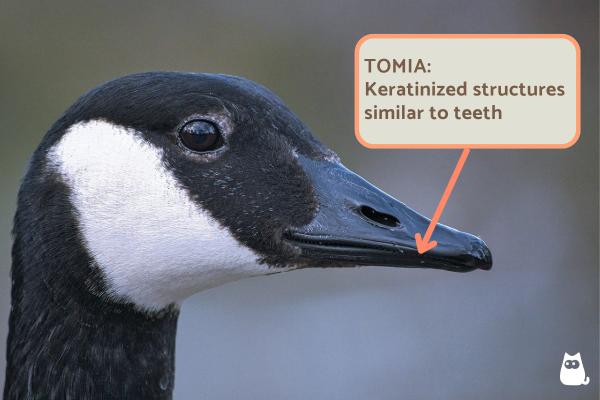
Do Canada geese have teeth on their tongues?
As well as not having teeth on their beak, Canada geese also do not have teeth on their tongues. They do have structures which resemble tomia. Commonly known as papillae, these structures appear on the tongues of many animals, even on our own. Like tomia, they are also made of keratin. They are arranged in rows along the tongue of these birds, meaning that they are also not true teeth.
The primary function of papillae is to assist geese in feeding. They allow them to hold and manipulate food more easily in order to cut and swallow it properly. Being elongated or thread-like, they also function as a filter, allowing the animal to separate water or mud from the food. Although geese appear to have teeth on their tongues, these are actually important adaptations that make it easier for them to thrive in habitats with bodies of water.
Another bird more commonly known for being a filter feeder is the flamingo. Learn more about this water bird with our article sharing fun facts about flamingos.

Why do Canada geese have tomia?
The way the beak and tongue of Canada geese are designed is closely related to their eating habits. As stated above, the main food of Canada geese is made of plant matter, although their diet can occasionally include small animals. For this reason, they need to cut and process large amounts of plant parts to obtain their required nutrients.
For this reason, both the tomia and the papillae allow Canada geese to:
- Cut vegetation: they act as a kind of natural knife that facilitates the ingestion of plant matter.
- Hold the food firmly: as they are protuberances, these keratinized structures act as a support and allow them to grip food.
- Filter water for food: these structures allow water and sediment to leak out while the solid food remains in their mouth. this is especially useful in aquatic environments.
From an evolutionary perspective, these adaptations are much more efficient than traditional teeth. That is why Canada geese have tomia which act functionally as teeth, but are not actual teeth.
Learn how long a goose is expected to live with our related guide.
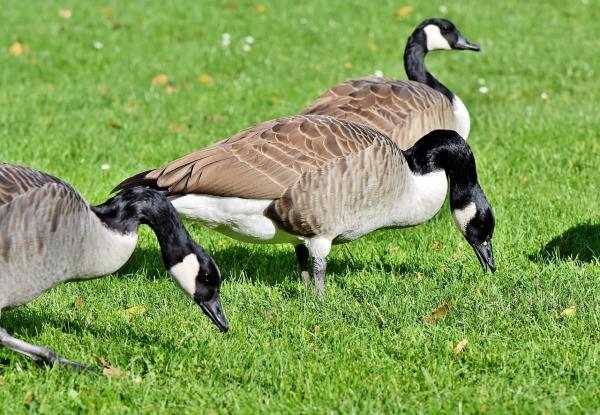
How many teeth do Canada geese have?
Technically they have no teeth, but you may want to know how many tomia Canada geese have. It is not easy to determine the number of tomia on a goose due to the particular nature of these structures. Mammals, reptiles and other vertebrates have a specific number of teeth, but the tomia and papillae are not constituted as particular individual units. Instead, they form a continuous series of aligned edges or rows.
Generally speaking, a Canada goose can be said to have hundreds of horny protuberances on both its beak and tongue. These are not counted as separate units, but are an integral part of the entire edge of the goose’s beak and tongue. Although their hardness is different and they do not contain roots or enamel, they are highly functional for processing food.
Although Canada geese do not have true teeth, the adaptations they have developed in both their beak and tongue meet the requirements necessary for these birds to feed without problems. Tomia denticles and papillae are evolutionary specializations that allow them to efficiently process both plant and, in some cases, animal matter.
Species will also determine the number of tomia a goose has, since many range in size. Take a look at the diversity of these waterfowl with our article sharing the different types of geese.
If you want to read similar articles to Do Canada Geese Have Teeth?, we recommend you visit our Facts about the animal kingdom category.
- Hickman, C.; Roberts, L.; Parson A. (2000). Comprehensive principles of zoology. McGraw Hill Interamericana: Spain.
- Vargas, S. (2002). " Anser ". Animal Diversity Web. Available at: https://animaldiversity.org/accounts/Anser_anser/
- Vargas, S. (2002). " Anser ". Animal Diversity Web. Available at: https://animaldiversity.org/accounts/Anser_anser/

